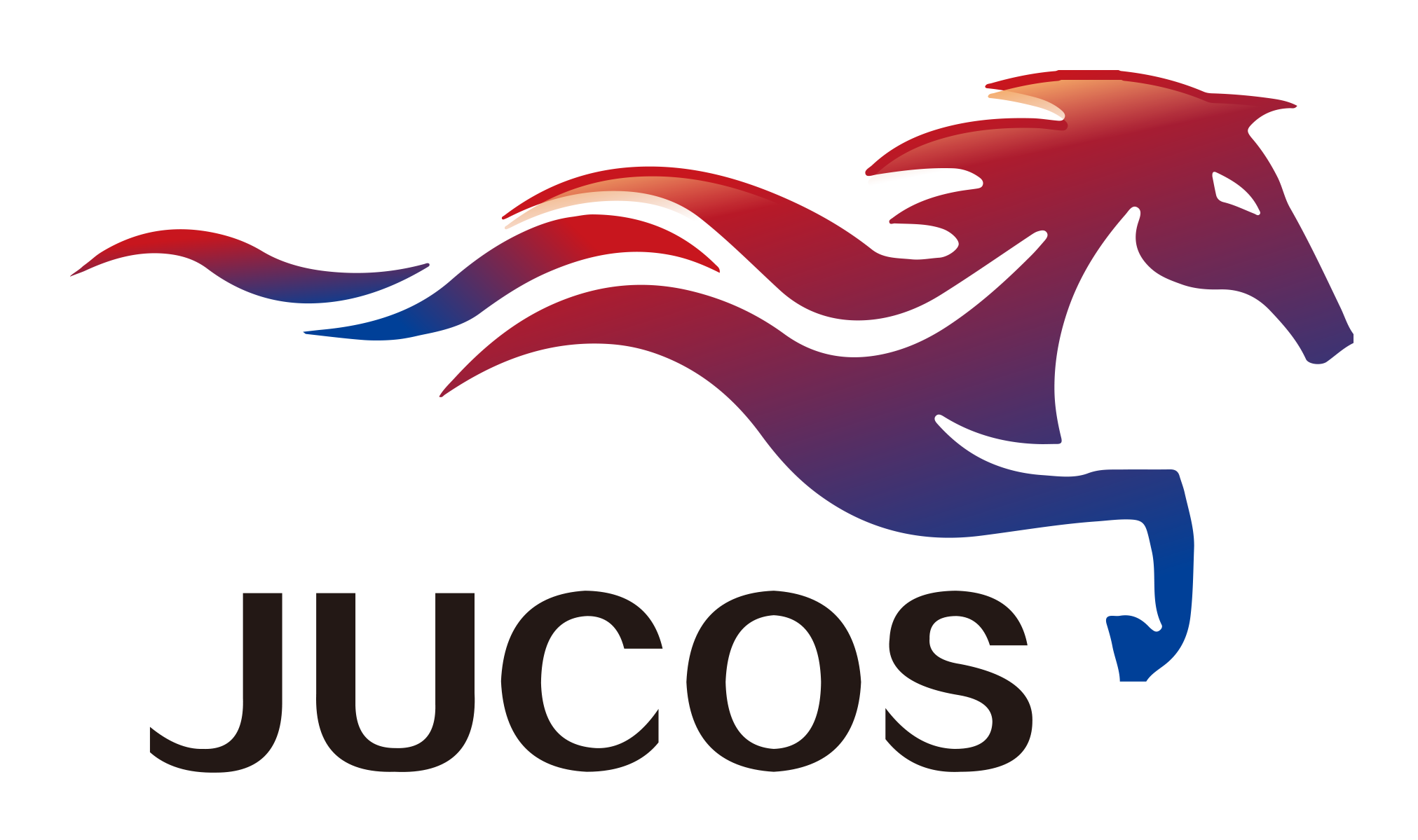Comprehensive understanding of the hot stamping process on the surface of the packaging material
The hot stamping process is widely used in packaging materials. Because it does not use ink, it is environmentally friendly and clean. It is also suitable for plastic, glass, paper and other materials. The hot stamping process is used on the surface of plastic bottles, glass bottles, cartons and other cosmetic packaging materials. There are applications. It is an important part of the post-processing technology of packaging materials. This article introduces the basic knowledge of bronzing for friends' reference:
1. Definition
Hot stamping process: It is a process in which metal foil is transferred to the surface of printed matter or other objects by hot pressing to increase the decorative effect.
Cold bronzing process: It is a process of transferring metal foil to the surface of printed matter or other objects without heating, but only through the force of pressure, bonding and peeling, to achieve a decorative effect.
2. Purpose
Make the printing surface have a variety of colors and metallic patterns at the same time, and it can also combine different pressing effects. In addition to its surface decoration function, bronzing also has an important role in anti-counterfeiting.
Three, the advantages and disadvantages of the bronzing process
advantage:
1) Hot stamping products on the whole surface, no ink residue;
2) There is no unpleasant smell such as ink, and the air is pollution-free;
3) The color pattern can be hot stamped at one time, reducing loss;
4) The process is simple, the production management and flow are smooth, and the product quality insurance coefficient is large;
5) Wide processing range, suitable for paper, wood, plastic, leather, etc.
shortcoming:
1) Not suitable for hot stamping substrates with uneven surface or matte surface;
2) Metal, glass, ceramic, nylon and other products are generally not suitable for hot stamping, unless they are painted or screen printed;
3) Matching the pattern color and the background color of the workpiece: during hot stamping, the color of anodized aluminum (gold, silver, copper, inner red, inner blue) has a strong hiding power, even if the background color of the workpiece is black, it can be completely covered; but When using lighter color transfer paper such as white and yellow for hot stamping on a black background, its covering effect is not as good as pad printing and screen printing.
Fourth, the selection of materials for the bronzing version
High-quality bronzing version is the primary factor to ensure the quality of bronzing. Bronzing plate materials are commonly used copper plates, which have fine material, good surface finish and good heat transfer effect, which can improve the glossiness and outline definition of bronzing graphics and text. The plates currently used for bronzing are stainless steel, brass, copper, magnesium and zinc. Which type of plate material to choose should be considered comprehensively according to the order quantity and production efficiency of the product.
1. Selection of plates
①There are generally two kinds of plates for hot stamping, namely copper plate and zinc plate. Among them, copper plate is divided into brass plate and red copper plate.
②The brass plate is suitable for hot stamping large quantities of harder objects, has a certain degree of heat resistance and heat transfer, and is firm, durable and not easily deformed. If the hardcover book cover with cardboard is hot-stamped, a brass plate can be hot-stamped more than 200,000 pieces.
③The copper plate is a darker and slightly red plate. The red copper plate has good heat transfer, heat resistance, firmness, durability, and resistance to deformation. Red copper is a neutral metal and has a certain degree of flexibility. The writing and patterns produced by this hot stamping plate are soft and plump, which is different from other plates.
④Zinc plate is another kind of metal plate. Its texture is softer than copper plate, and its durability and heat resistance are worse than copper plate. It is suitable for hot stamping of general paper and card paper products in small batches (such as several thousand pieces). If the material to be ironed is hard or the number of hot stamping is large (such as more than 10,000 pieces), the imprints on the hot stamping plate will be Gradually blurred and damaged, the hot stamping marks of the hot items are not clear, and even defective products and waste products are caused.
⑤From the price point of view, the zinc plate is slightly cheaper than the copper plate. However, considering the durability, the copper plate is more affordable. The printing endurance of a copper plate is dozens of times that of a zinc plate. Therefore, when selecting hot stamping plates, various factors must be considered in order to ensure quality and save costs.
2. The thickness of the hot stamping plate
The thickness of the hot stamping plate should be selected according to the texture of the hot stamped object and the size of the hot stamping area. Now the thickness of the hot stamping plate is relatively thin, generally about 1.5mm, which can be used for hot stamping general plain paper, etc. If you want to hot stamp the following items, the thickness of the hot stamping plate will be increased.
1) The surface of the ironed object is velvet, satin and hemp textiles. The velvet in the textiles, especially the thick velvet, has very high piles on the surface (about 3mm); while the satin and hemp textiles are thick and have great elasticity. If the hot stamping plate is too thin, the thickness can reach If the requirements are not met, problems such as paste and dirty plates after ironing will occur, causing undue losses. When hot stamping such materials, the thickness of the hot stamping plate should be thickened to about 3.5mm before it can be used.
2) The surface of the ironed object is uneven or has protruding patterns. Some hot objects, such as lacquer coating, PVC coated paper, special pattern paper, etc., some of these materials have plain patterns on the surface, and some have protruding patterns of various shades, and the hot stamping plate needs to be enlarged when hot stamping The pressure on the object being scalded. When hot stamping such items, the thickness of the hot stamping plate is generally increased to 2.5mm.
3) Hot stamping leather, recycled leather and synthetic leather items. This type of scalded object is generally expensive and flexible. Especially leather (usually sheepskin), the skin is thick, a sheepskin costs one or two hundred yuan, if the hot stamping plate is too thin, it will cause a lot of losses. When hot-stamping such items, the thickness of the hot-stamping plate should also be about 2.5mm.
4) Images with larger hot stamping area. Some hot materials need to be hot stamped with a large area. The hot stamping pressure required is relatively large. The thin hot stamping plate cannot withstand greater pressure, and even if it can barely withstand greater pressure, it is prone to dirty version. Phenomenon, the ideal hot stamping effect cannot be achieved. When performing large-area hot stamping, a hot stamping plate with a thickness of about 2.5mm should also be used.
In addition to the above, the thickness of the commonly used hot stamping plate (except for the intaglio plate) can be about 2mm.











